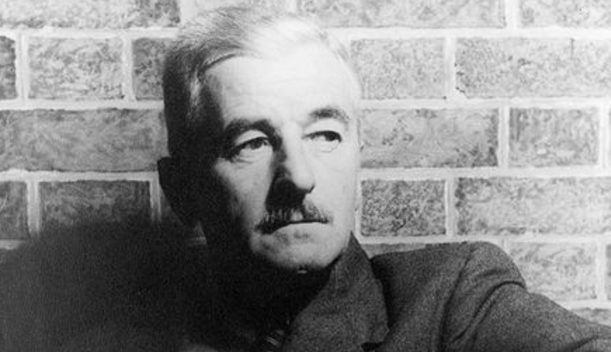Improv comedy troop Upright Citizens Brigade, who recycled U.S. history in code duello, an improvised enactment of the Alexander Hamilton-Aaron Burr duel, have created “Drunk History,” which takes the cringe-worthy premise of the man-on-the-street pop quiz and adds some additional elements—binge drinking and goofy historical re-enactments with actors like Michael Cera (Superbad, Arrested Development, etc.). In this first episode of “Drunk History,” Mark Gagliardi, after drinking a bottle of scotch, narrates the story of the Hamilton-Burr duel, and Cera, in a ridiculous powdered wig and a pair of Vans, mimes the part of Hamilton. Gagliardi’s slurred narration and anachronistic touches like Cera/Hamilton on a cell phone ratchet up the absurdity.
The real story of the duel on July 11, 1804 involves some complications of electoral politics and ideological conflicts between the Federalist former Treasury Secretary Hamilton and the anti-Federalist Vice-President Burr. A long-standing personal feud between the two men was probably exacerbated by class conflict: Hamilton had humble origins as a poor immigrant from the Caribbean and Burr was son of a president of the future Princeton University and grandson of Puritan divine Jonathan Edwards. Although dueling was illegal at the time, the aristocratic practice continued to settle disputes between gentlemen, and both Hamilton and Burr had been involved in several prior duels. Nevertheless, Hamilton was reluctant to meet Burr’s challenge and is said to have deliberately missed his first shot (and in some disputed accounts, his pistol was loaded when he fell to the ground).
The Hamilton-Burr duel is one of the most interpersonally dramatic events in American history—easy fodder for comedic treatment like “Drunk History” and code duello and highly serious accounts like the PBS series American Experience’s “The Duel.” But what sometimes gets obscured behind the drama are the political conflicts over Federalist positions, conflicts that have never quite been resolved and form the basis for our most heated national debates, including the still-raging politics, even after the Supreme Court’s ruling, of the Affordable Care Act.
In the video below, historian Carol Berkin explains the often confusing debate between what came to be called, erroneously, Federalism and those who opposed the doctrine.
Josh Jones is currently a doctoral student in English at Fordham University and a co-founder and former managing editor of Guernica / A Magazine of Arts and Politics.


